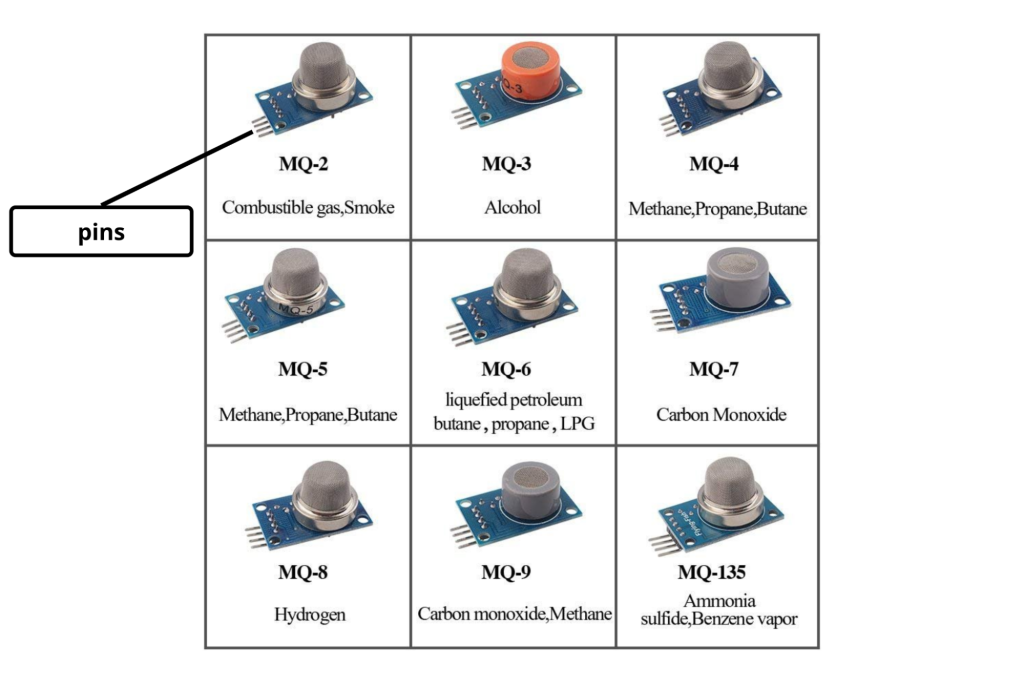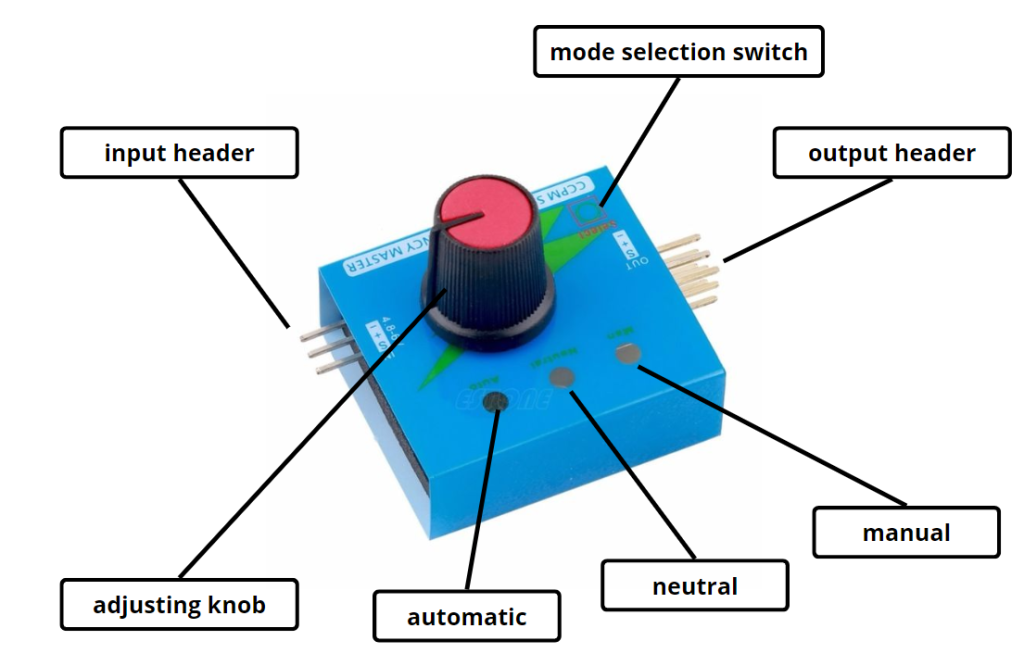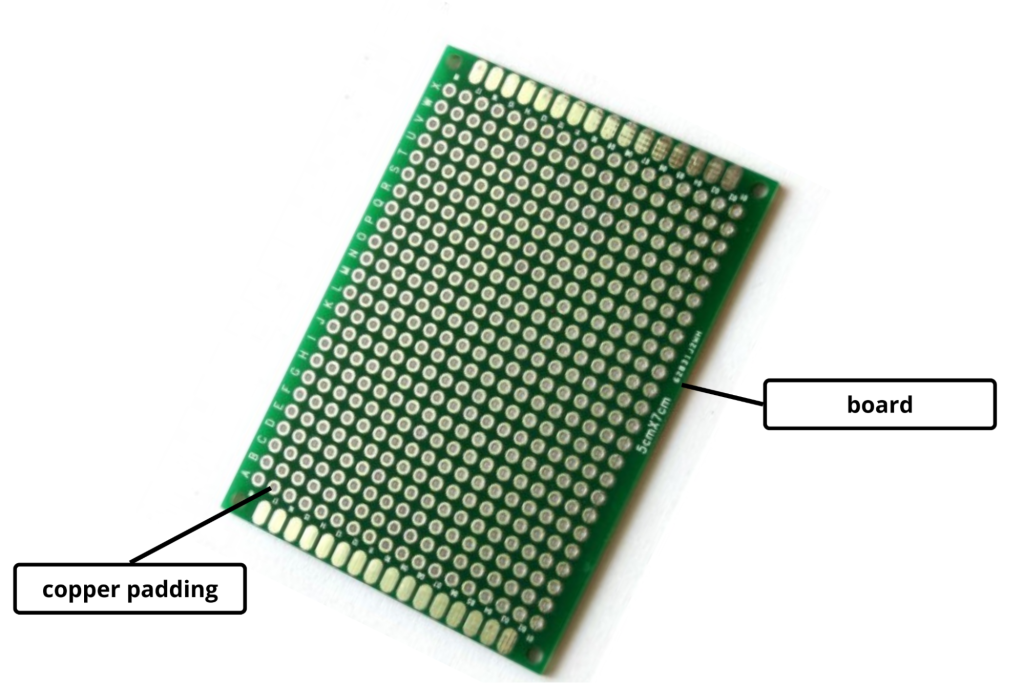

A relay almost works like a switch, which can be electrically controlled. It can be turned on or off, letting the current go through or not, and can be controlled with low voltages, like the 5V provided by the Arduino pins. This relay module has two channels (those blue cubes). There are other models with one, four and eight channels. This module should be powered with 5V, which is appropriate to use with an Arduino. There are other relay modules that are powered using 3.3V, which is ideal for ESP32, ESP8266, and other microcontrollers.
There are two different types of relays that are usually available, based on the number of channels present:-
1. Single channel
This type of relay module can only be connected to one schematic at a time.
2. Double channel
This type of relay is just like a collection of two single channel relays put together, and can be connected to two schematics at a time.
A relay has 3 pins like a lot of other modules, namely:-
1. VCC
2. Ground
3. SIgnal
On the other side, it has a connector with 3 sockets,common (COM), normally closed (NC), and normally open (NO).
How to use
Tutorial –
https://randomnerdtutorials.com
Common Applications
1. To control circuits such as a lamp.
2. In complex appliances such as refrigerators and air conditioners.
Some example projects that students can try out in the ATL Lab
1. Use 5V Relay with Arduino to turn ON and OFF AC bulb or DC load –
https://www.youtube.com/watch?v=58XWVDnB7Ss
Safety Measures to follow
1. Do not touch the terminal section (charged section) of the Relay while power is being supplied.
2. Do not drop or disassemble Relays. Doing so may reduce Relay characteristics and may result in damage, electric shock, or burning.
3. Working with relay should be done under expert supervision.
Important Links
1. What is a relay module, in detail (https://www.youtube.com/watch?v=M7S1P0_vnz4)
YouTube Video
2. How relays work –
https://www.youtube.com/watch?v=n594CkrP6xE


